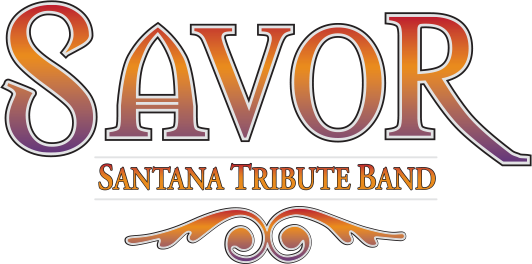It was that focus on the basics that really helped to propel my growth as a songwriter. This growth made itself evident in two principal ways.
Melody, melody, melody
First, when creating the original song, it has forced me to focus even more than I did previously on a strong melody. This is a point to which I was first introduced some years earlier, listening to a very successful songwriter while attending a songwriting convention.
This songwriter recounted his process: he would write without any instruments whatsoever. Since he was a vocalist, he would produce the words and melody a cappella. Huh? At first I was quite skeptical, but once he explained, I understood the concept.
To paraphrase his words: “When people are singing along to my songs in their car,” he explained, “they don’t have a keyboard, a guitar, or any other instrument with them. They are singing along with, and relating to the melody. The melody is the primary device a song uses to communicate to a listener.”
Sounds obvious, right? But like many, many songwriters, I had always fallen into the trap of creating a musical background, and then “fitting” a melody to that harmonic pattern. After all, it’s much easier to do that way.
What playing Santana’s music brought home to me was just how powerful a melody could be, even when it was a guitar player playing it as opposed to a singer singing it.

The unsung skill: Arranging
When creating a song, the songwriter generally comes up with a chord progression and a melody. The kind of thing you can play on a piano or a guitar, for instance. But for at least the last hundred years, songs have involved much more than that. The bass line, keyboard parts, guitar riffs, and even drum parts, all form a very rich tapestry.
Again, what diving in so deeply to Santana’s music reinforced was just how integral each of those parts — both alone, and as a combined unit — could be to the impact of the song. The example I always use to demonstrate this point is the very first track on the very first Santana album: Jingo.
Jingo is not a 3-chord song, or even a 2-chord song. It is, believe it or not, a ONE CHORD SONG! Not only that, but there are only four SYLLABLES in the vocal part!
What makes this song work is how deftly the band introduces instrumental elements and grooves throughout the tune. They build it up and create an ebb and flow that — to my ears — renders this song fresh, even today. Impressive!
The benefits of playing in group that is a tribute to Santana
So besides all the fun of delighting audiences in three different states, I have been able to integrate my own songwriting and music into the mix. For that and everything else, I will always be grateful to that musician that suggested that I start a Santana tribute band!

